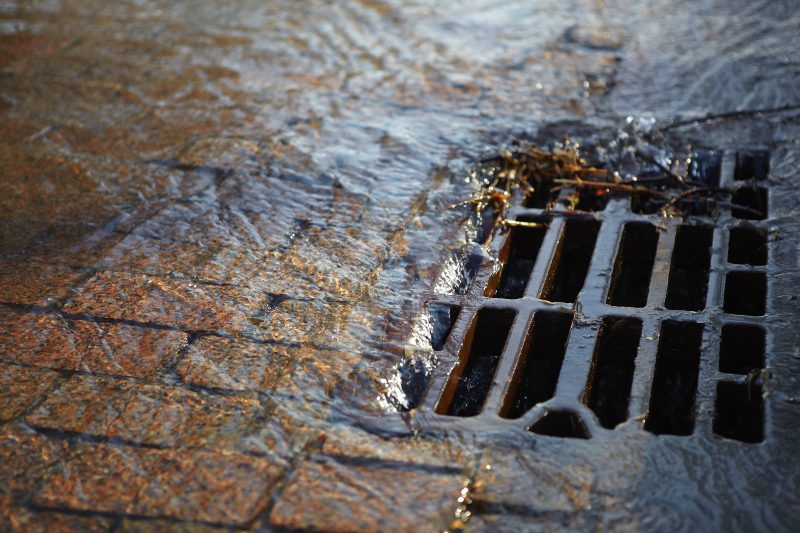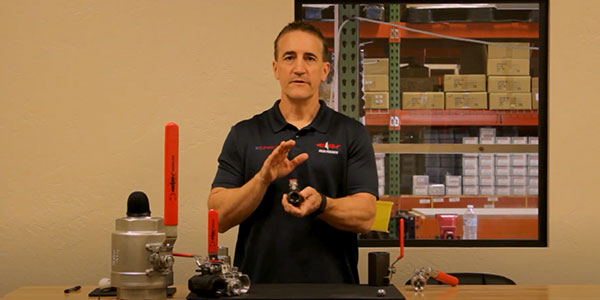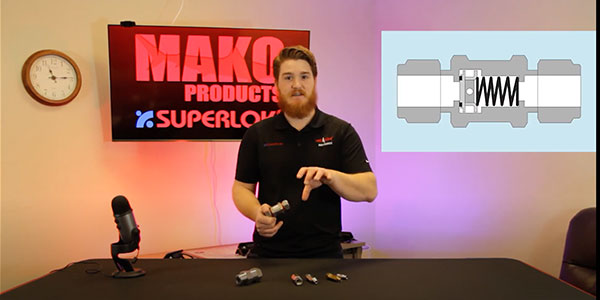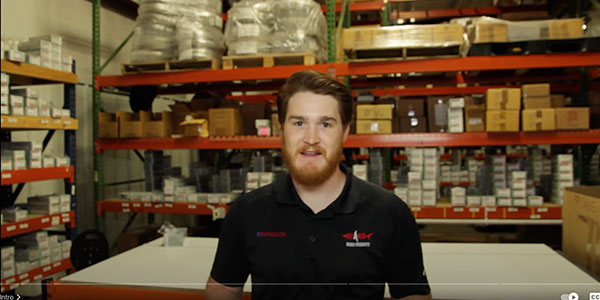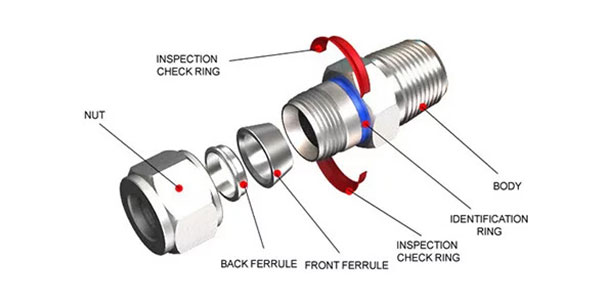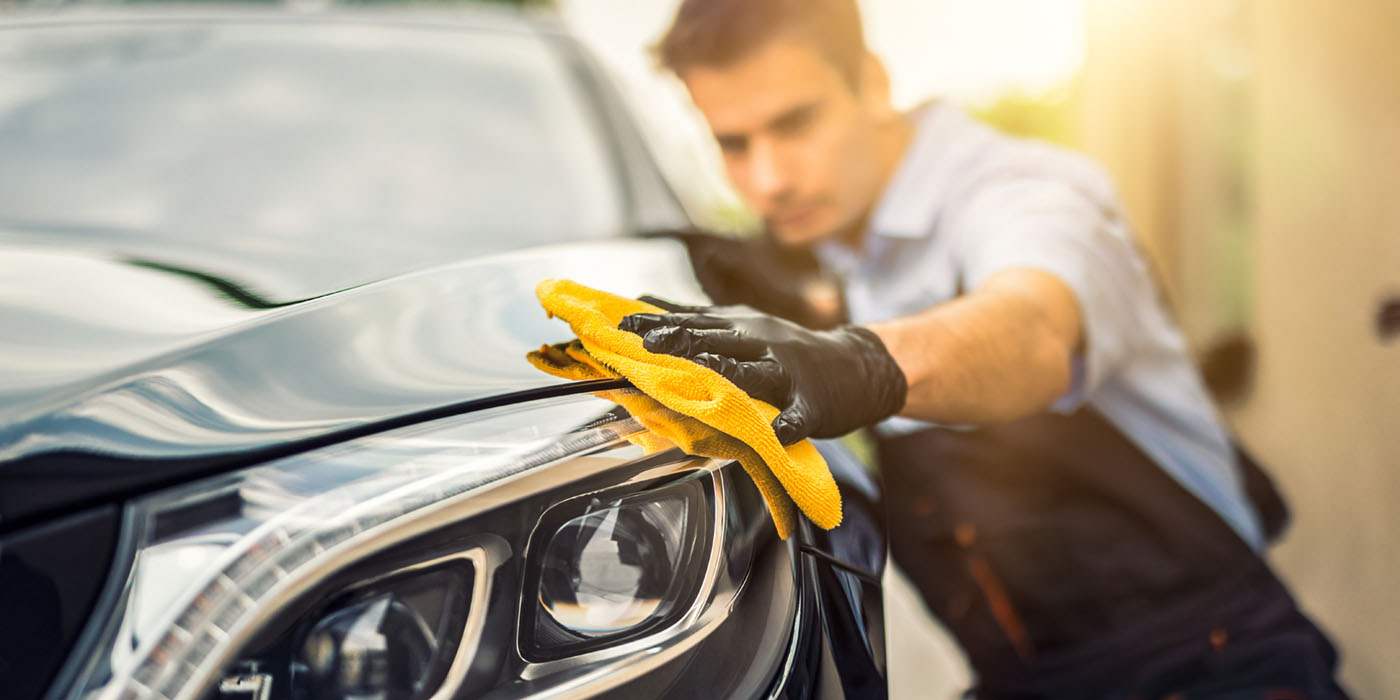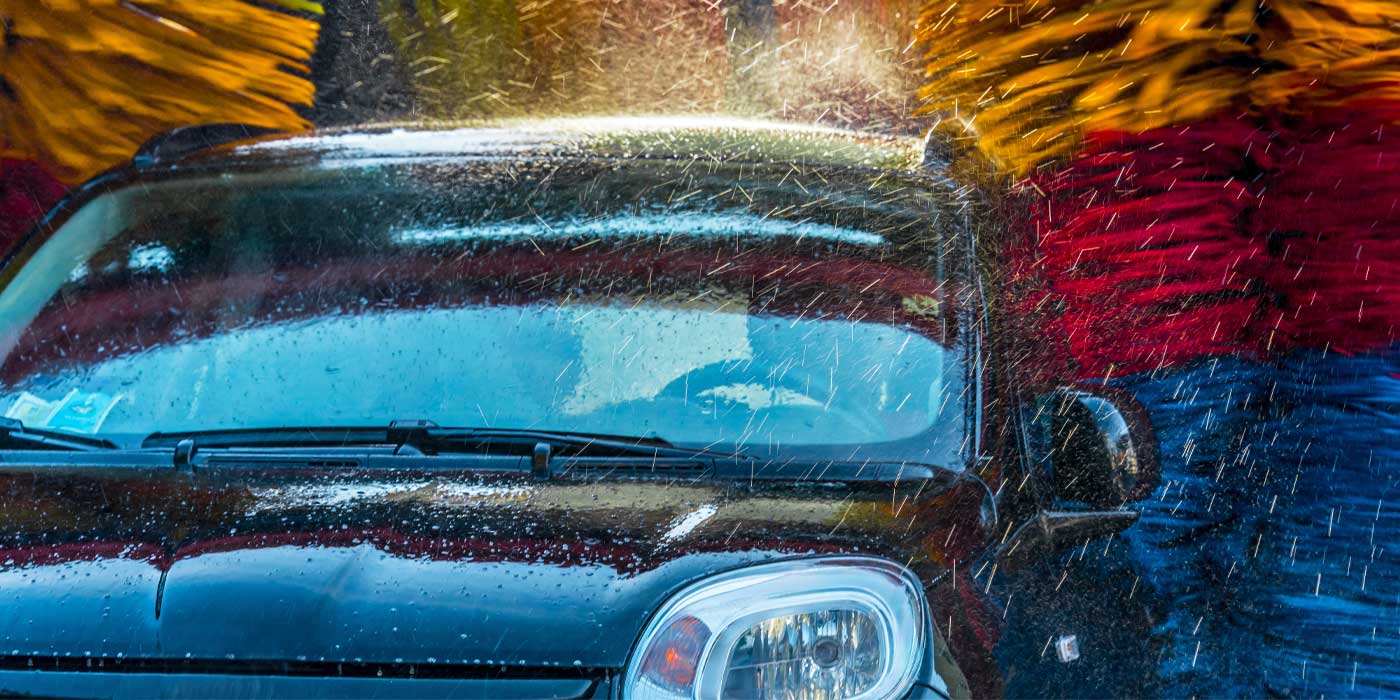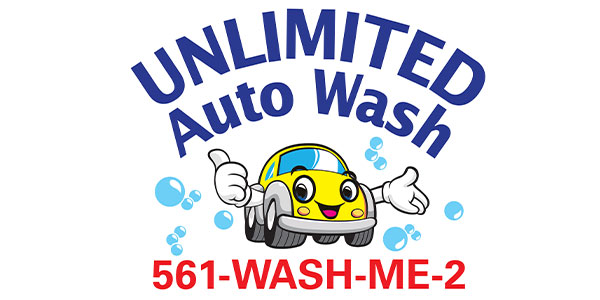The availability of high-quality water is arguably the most important factor in successful carwash operations. From rinsing cars and mopping lobby floors to assisting in chemical preparation and even the beverages you might serve at your carwash, it all comes down to water quality. We all know how important water is, but more carwash owners and operators need to view this valuable resource as an important business commodity and an opportunity for cost savings.
The trends of rising municipal water and sewer costs, growing public concern for water conservation, abnormal weather patterns and other events have put the business of carwashing under a microscope in recent decades when it comes to water use. But without providing a quality wash, which requires quality water, how can owners and operators make everyone happy all of the time? According to those we spoke with for this article, the answer is increasing your water education, using all of your resources and implementing water management technologies, including reclaim.
Increased concern leads to cost savings
According to Bob Koo, president of AquaChem Inc., the increased cost of water and its disposal are significant considerations our industry’s carwashes face today. Additionally, he says, drought restrictions in several parts of the U.S., such as areas in Southern California, are enforcing mandatory cutbacks on carwash water use. While these water restrictions across the country might have a positive short-term impact, Koo suggests possible long-term risk in these actions.
“[It is] a potential double-edged sword since once mandatory cutbacks are accomplished, revenue shortages will be recognized at the municipal level and rates will be increased for the revenue stream loss associated to lower consumption,” says Koo. Furthermore, owners and operators should view proper water management as an ongoing effort and not just when rates increase or during times of drought.
In addition to Koo’s conclusion, water rates have steadily increased in recent years for many customers for several other reasons, including the growing cost to repair and upgrade aging water infrastructure and the rising costs to deliver and filter water. According to Circleofblue.org, the price of residential water service in 2014 increased by six percent in 30 major U.S. cities, representing a 41 percent hike since 2010.
For these reasons and more, Koo advises owners and operators to embrace “water management” when defining programs that can be included in a carwash’s water reuse and filtration strategy.
While it might seem that water rates moving forward have the potential to be a business concern, others view this situation as an opportunity for cost savings. The answer is simply using less municipally supplied water and reusing up to 80-90 percent (some closed-looped systems can reclaim 100 percent) of “already paid for” water.
“There is a significant cost savings for carwashes to reclaim water — some estimate [savings of up to] $22,000 in water and sewer charges a year,” explains Marianne Metzger, director of business development for National Testing Laboratories. “These savings could be even higher as water and sewer service costs continue to rise. Some states actually require carwashes to reclaim water, and some states may provide a tax incentive to reuse water.”
In fact, all carwashes regardless of location should be open to water reclaim. Customers are more knowledgeable and aware of businesses that are water responsible. These environmentally mindful customers are increasing and willing to spend more and drive further to support businesses with similar interests.
“That customer base will drive further and spend more money to patronize an environmentally friendly wash as opposed to a wash that does not reclaim water,” adds Gary Hirsh, president of New Wave Industries Ltd. For this reason carwashes that do reclaim and reuse water should include this information on marketing materials, receipts as well as on-site signage.
When installed and maintained properly, Koo notes, customers will not notice a difference in wash quality, water appearance or smell. Therefore, a water management system can be implemented immediately and seamlessly into your business.
Options and considerations
Three types of water treatment systems are available to carwashes: reuse, reclaim and water restoration. Tom Gibney, president of Aqua Bio Technologies LLC, breaks down each type:
- Reuse systems use settling tanks to settle out the heavy solids before the water is reused on cars.
- Reclaim systems, which are most commonly used, utilize filtration and disinfection to treat used wash water.
- Water restoration systems use cyclonic separation of solids down to 5 microns. This system uses aeration to prevent any odor when water is reused, and all the chemicals are removed through biological consumption of the chemicals.
“[Restored water] is the cleanest water you can get from a wastewater treatment system in the vehicle wash industry. The Michigan EPA-approved water from this type of treatment system for stormwater discharge of excess water because of the quality of water this system produces. No sewer is required with a water restoration system,” explains Gibney.
An important consideration, adds Gibney, is the biodegradability and compatibility of chemicals with all three treatment systems. “Chemicals that are not biodegradable or compatible will show up in any reuse, reclaim and restoration system as excessive buildup of black sludge in the settling tanks, on the wash equipment, the cloth and wash bay walls,” he says.
The water treatment technologies featured in these water management systems are well-documented and include reverse osmosis, nanofiltration, traditional water softeners and alternatives, ozone and chemicals to name a few. Koo adds insight into some of the filtration and pretreatment technologies available:
- Current filtration technologies include: Hydrocyclones used to separate dissimilar materials via their specific gravity through increased water velocity; mechanical filters which act as straining mechanisms based on particulate size; and gravity sedimentation through storage of large volumes of water over a period of time.
- Pretreatment is used commonly to eliminate odors, which can be associated with filtering and reusing water. This common odor issue is the result of biodegradation of the element of chemistry used in the carwash process. The natural process of biodegradation results in the same offensive common odor, hydrogen sulfide gas or “sewer or septic tank smell.” Pretreatment technologies include oxidation protocols, such as ozone or chlorine-based units to eliminate carwash chemistry and aeration or additives that accelerate the biodegrading process.
However, according to some, the most critical component of any reclaim and reuse system is rarely seen: the tank.
Tank and chemistry awareness
Reclaim, or recycling, systems all use water tanks, known as clarifier tanks or oil water separator tanks. For sewer purposes these tanks are designed to allow suspended solids to settle at the bottom of the tank, clarifying the water in the process. When properly sized and maintained, solids settle to the bottom, while oils and “light” contaminants rise to the top and become trapped out of the reuse stream, explains Hirsh. Periodically, he adds, these tanks will need to be pumped out and the water hauled off by a licensed operator to be processed.
“A properly sized underground tanking infrastructure is critically important to the success of the water quality and the cost of ownership as related to reclaim,” asserts Hirsh. “It is first and foremost. Operators must do their due diligence and educate themselves to better understand the technology to determine if the system is capable of meeting their expectations. However, a properly sized underground infrastructure is critically important to the success of the reclaim system and the subsequent water and wash quality.”
Hirsh also notes another important consideration often overlooked and that is continually monitoring the consistency of the chemistry used at your wash. “The operator should monitor water quality closely and always use reclaim compatible chemistry from a reputable and knowledgeable chemical manufacturer.”
Resources and getting started
Several resources in the carwash industry can help augment or improve your water management strategy. Carwash manufacturers, distributors, industry publications and associations, and local municipalities are a few to consider. But first, says Metzger, owners and operators should check on state and local requirements for reclaiming water. Then, she says, water testing(s) and equipment sizing considerations are usually evaluated.
One important consideration is your carwash model. While in-bay automatics and conveyors/tunnels do not present significant challenges, self-serve models are a different story. According to Koo, “Self-service washes can present unique challenges when it comes to reclaim equipment since in many cases, self-service pump benches today do not offer the availability to accept an alternate source of water. Hot water and cold water are the [norms] and if a third source is to be added, significant plumbing changes may have to be undertaken.”
Furthermore, Koo continues, another challenge is that wand type self-serves offer various soap or chemical selections. “Rinse- and spot-free rinses offered by most operators will always be ‘fresh’ or ‘spot-free’ water. Typically, the only functions that could be changed over to reclaim are high-pressure soap, bay wash down functions or weep.”
Self-service carwash models are also vulnerable to misuse and vandalism, which can cripple a water recycling program. “There is always the potential for a customer to come in and change their oil in your bay or dump waste, such as paint, and it will wreak havoc for the system.”
Regardless of the reason, wasteful water practices are becoming a thing of the past. While complete closed loop systems can achieve as high as 100 percent efficiency, most carwash operators still rely on a percentage of municipally supplied water. However, there is another option: rainwater harvesting.
“Rainwater collected from the roof in most parts of the country is clean, soft water and can be used to feed a water softener or a spot-free rinse system or for mixing chemicals. Rainwater collected from the parking lot may contain oil and can be successfully used with a little bit of additional treatment,” says Gibney.
That’s basically cost savings falling from the sky.

